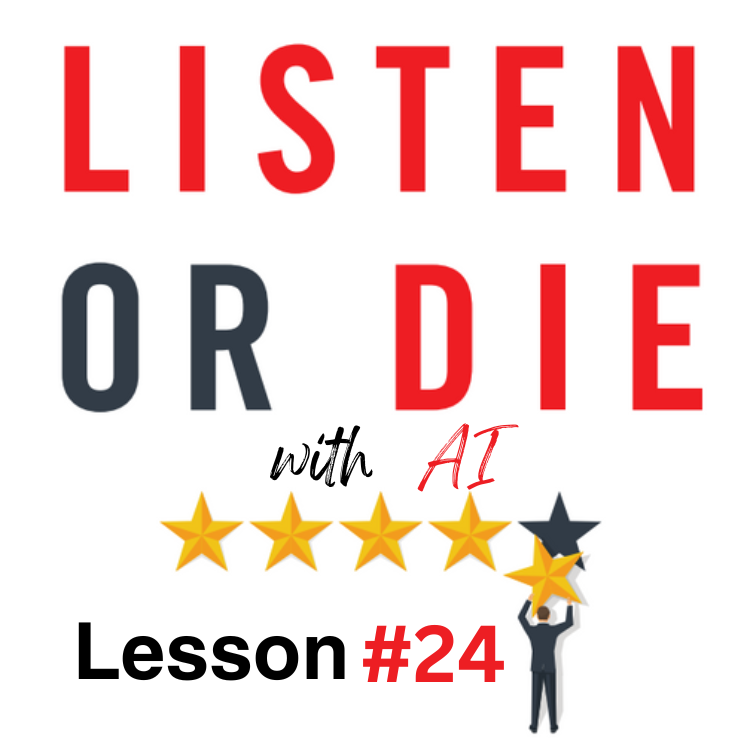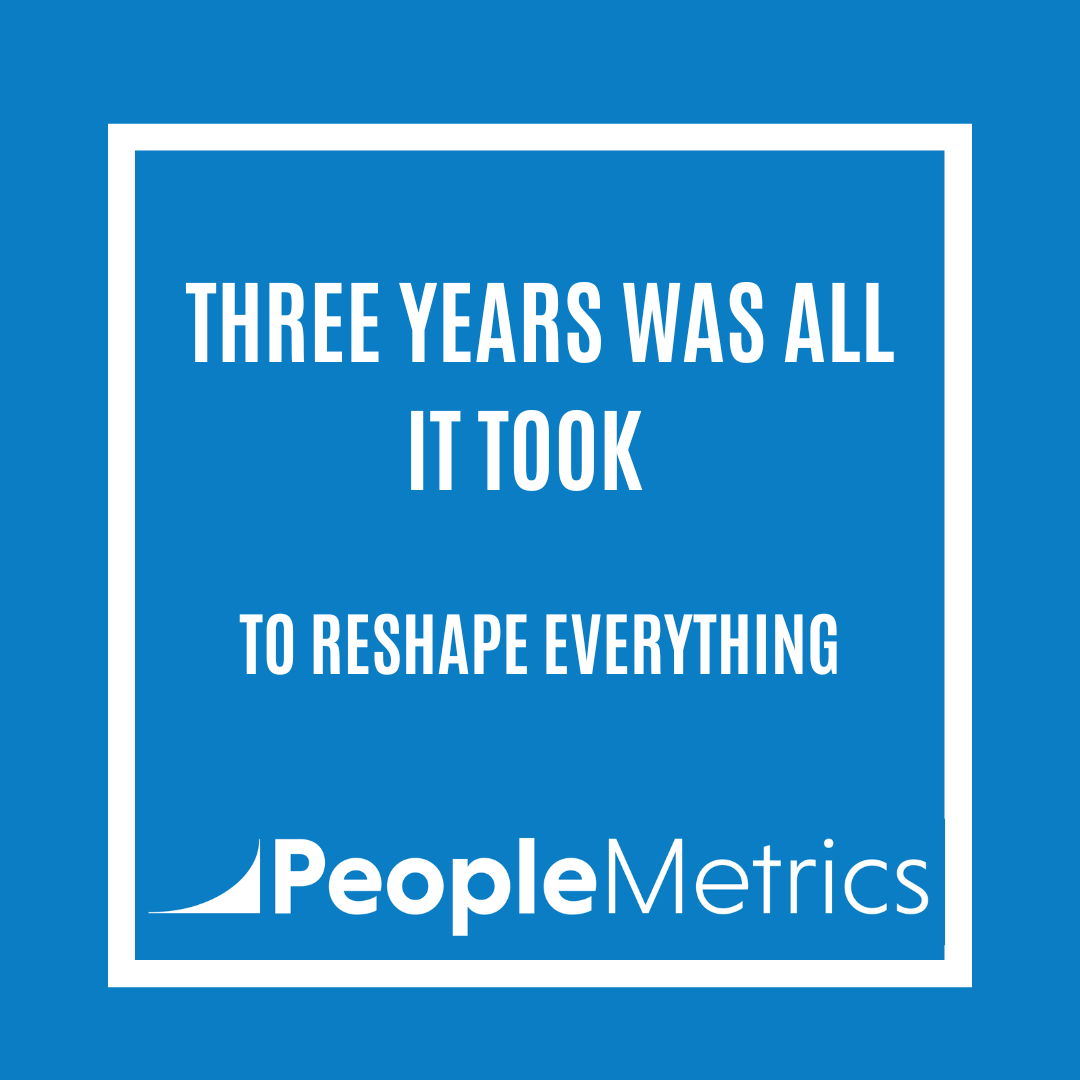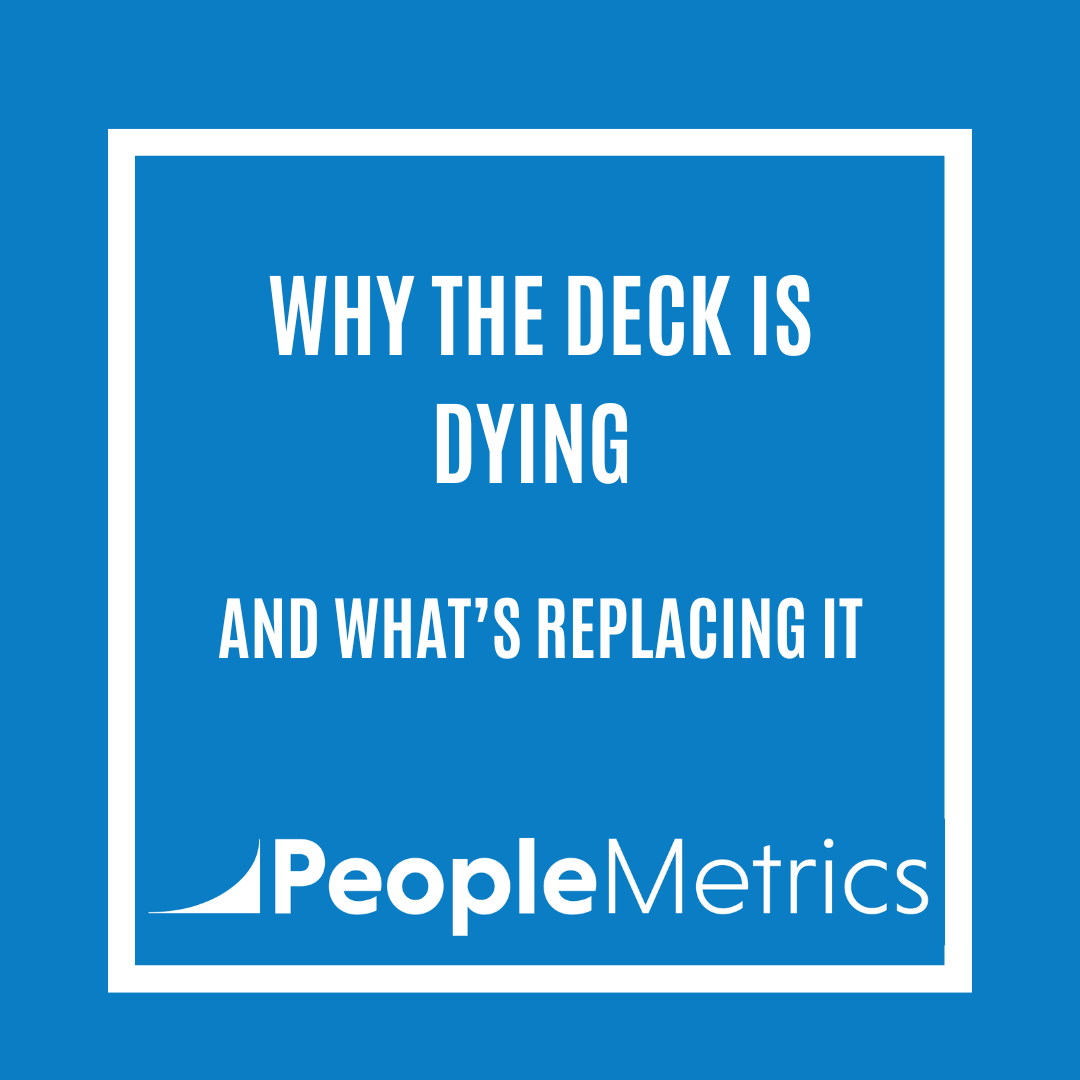The shorter your survey, the better your response rates will typically be. This is as true today as it was when I wrote Listen or Die in 2017.
For that reason, super-short surveys are increasingly popular, often consisting of just one or two questions: the likelihood that the customer will recommend your company (NPS) and an open-ended "why?" follow-up.
Customers often like these short surveys because they're quick and painless, and companies like them because they generate high response rates (often 30%+ for B2C and 50%+ for B2B).
But there's no free lunch—and here’s the catch. While you might see more completed surveys, the responses may not provide enough detailed data to clearly show your stakeholders how they're performing across specific areas.
Consider a hotel with multiple departments like housekeeping, restaurants, front desk, and spa services. If your survey is too brief, you risk missing critical details. You might get overall sentiment from customers but little actionable information on exactly what went right or wrong.
Here are three major problems with relying on overly short surveys:
- Lack of Granularity: With only one open-ended "why" question, you're banking on customers to spontaneously provide detailed feedback about specific parts of their experience. If customers skip important details—like their experience at the spa or during checkout—you’re left making educated guesses. Stakeholders won’t be satisfied and will challenge your findings, demanding more detailed data.
- NPS doesn’t measure the latest interaction. Net Promoter Score (NPS) is useful, but it reflects the customer’s overall sentiment about your company or the overall relationship you have with the customer but not their most recent interaction. If your goal is to improve specific touchpoints based on recent experiences, NPS alone won’t cut it.
- Can AI alone save your job? Even if you're willing to trust text analytics to fill in gaps, relying heavily on AI to interpret a single open-ended question is risky. Text analytics tools are impressive and improving rapidly, but they're not foolproof. Misinterpretations or overlooked subtleties can lead to incorrect conclusions and misguided actions.
This doesn’t mean you need lengthy surveys—just balanced ones.
Aim for 8–15 clear, targeted questions that customers can answer easily in under five minutes. This range is usually the sweet spot for delivering actionable insights without overwhelming your customers.
AI and Survey Length
AI driven survey engines can enhance shorter surveys by providing adaptive probing. For instance, if a customer gives negative feedback about the hotel's check-in process, the AI could automatically add a probing question like, "Could you share more about your check-in experience?" These smart follow-up questions provide deeper insights without significantly lengthening the survey.
But keep in mind—no matter how advanced AI tools become, you still need human judgment to choose initial questions, ensure their clarity, and interpret the feedback strategically.
AI can help but shouldn’t be solely relied on to drive your VoC strategy (or your career for that matter).
Here's your simple checklist for determining the ideal survey length:
- If your stakeholders depend on detailed operational feedback, avoid overly short surveys.
- Transactional surveys generally need 8 to 15 targeted questions to provide actionable insights and provide a customer experience that is positive.
- If your executive team requires NPS in a transaction surcey, pair it with a question about overall satisfaction with the most recent interaction.
- Use adaptive AI-generated follow-up questions to probe deeper into specific feedback without overloading respondents (but be careful, sometimes you will get a unique response for each customer which makes analysis/reporting difficult).
- Regularly review how AI-generated questions are performing to ensure accuracy and relevance, but always have human oversight to refine questions and survey logic.
Your Turn
I'd love your thoughts! Does your company lean toward shorter or longer surveys—and what results have you seen?





